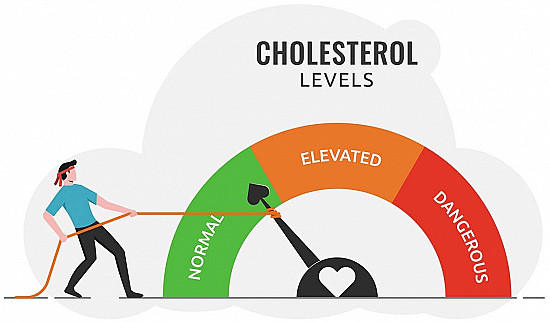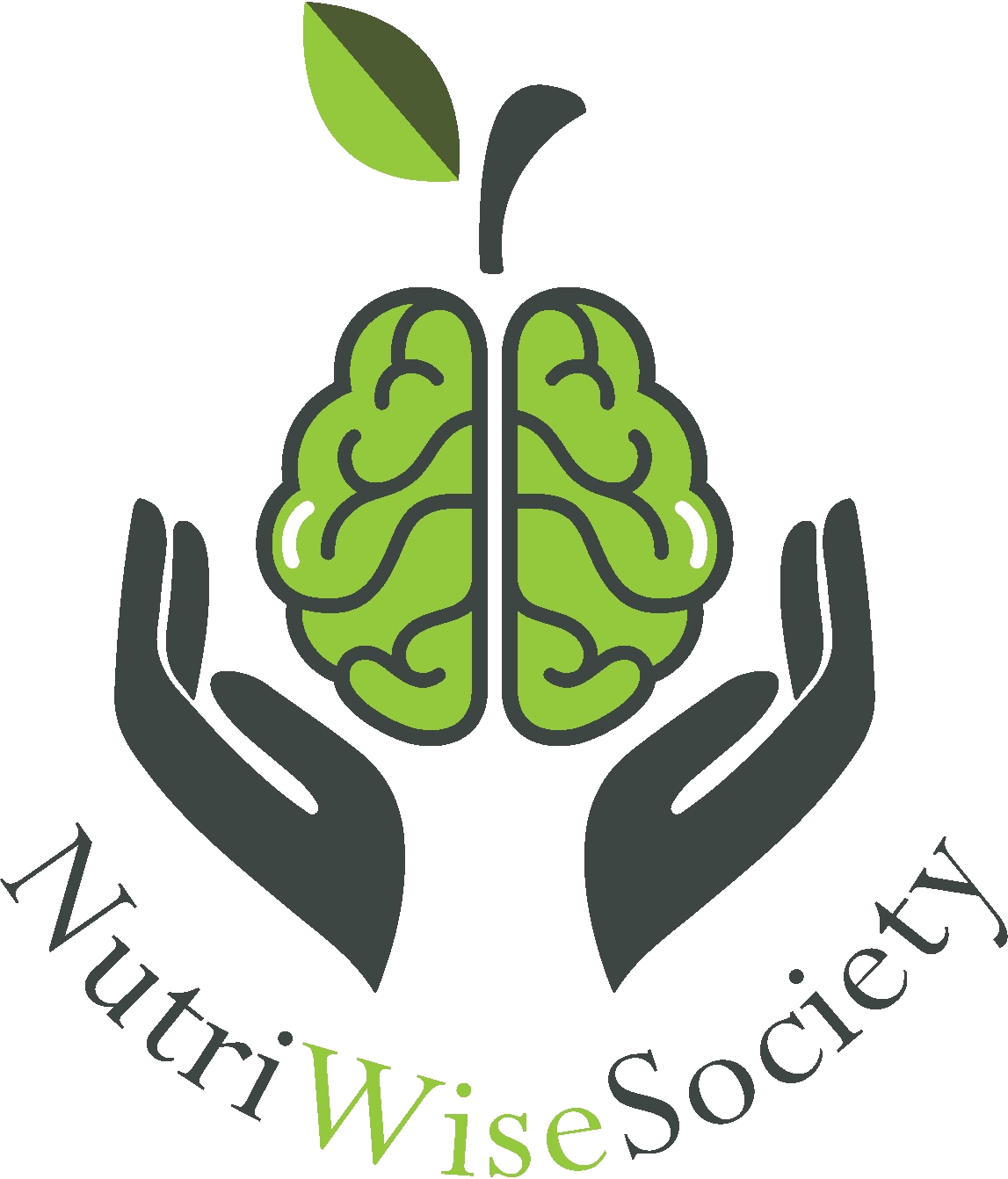Articles

High blood cholesterol levels
Everything You Need to Know About High Blood Cholesterol Levels, Associated Symptoms, and Necessary Treatment
Cholesterol
Cholesterol is a waxy, fat-like substance essential for many bodily functions. However, elevated levels in the blood pose a health risk.
Cholesterol travels in the blood by attaching to proteins known as lipoproteins, which come in several types, the most important being:
- Low-Density Lipoprotein (LDL): Often referred to as “bad cholesterol” because it transports cholesterol throughout the body. This type can accumulate on artery walls, making them stiff and narrow.
- High-Density Lipoprotein (HDL): Known as “good cholesterol” because it carries cholesterol from cells back to the liver for breakdown and elimination.
Functions of Cholesterol
- Involved in the production of certain hormones and the synthesis of Vitamin D
- Plays a role in the production of bile acids that aid in digestion
- Helps build cell walls
Normal Cholesterol and Lipoprotein Levels
For Adults:
- Total Cholesterol: <200 mg/dL
- LDL: <100 mg/dL
- HDL: >60 mg/dL
For Children:
- Total Cholesterol: <170 mg/dL
- LDL: <110 mg/dL
- HDL: >45 mg/dL
Risk Factors Leading to High Cholesterol
- Individuals who are overweight or obese
- People with a sedentary lifestyle
- Smoking
- Diabetes
- Aging
- High intake of saturated fat in diets
- Genetics and ethnicity
Complications of High Cholesterol Levels
- Heart diseases, such as:
- Heart attack
- Arterial blockage
- Angina
- Stroke
Treatment for High Cholesterol
In addition to medication, high cholesterol treatment should include lifestyle modifications for a healthy, active life:
- Follow a balanced, healthy diet as a lifestyle choice, with weight loss diets if needed.
- Engage in a physical activity program, like daily walking for at least half an hour.
- Quit smoking.
- Reduce sugar intake.
General Tips for a Balanced Diet
- Eat 4-5 servings of vegetables and 2-3 servings of fruit daily.
- Limit fast food.
- Reduce intake of foods high in saturated fats and hydrogenated oils, such as fried foods and butter.
- Choose foods containing unsaturated fats, such as vegetable oils and raw nuts.
- Remove the skin from chicken when cooking.
- Certain foods like garlic may help lower cholesterol levels.
Examples of Recommended and Limited/Avoided Foods
| Food Group | Recommended Foods | Foods to Limit or Avoid |
|---|---|---|
| Starches | Bran bread, oats | Sweets with added sugar like frosted cakes |
| Dairy | Skim milk | Full-fat milk |
| Fruits | Apples, bananas, peaches, fresh fruits | Fruits with added fats like fried bananas |
| Vegetables | Fresh, boiled, or grilled vegetables | Fried vegetables like cauliflower, zucchini, potatoes |
| Fats | Olive oil, raw nuts | Butter, roasted nuts |
| Proteins | Skinless chicken, grilled fish, veal, legumes | Fried meats, fish, and chicken, high-fat meats, processed meats like sausage |
References:
